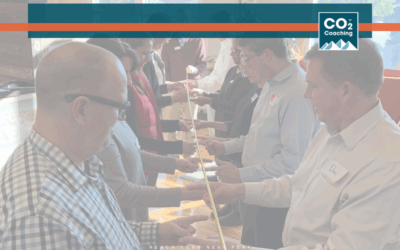
Introduction to Belief Perseverance in Leadership
In the dynamic realm of leadership, beliefs shape our decisions, actions, and interactions. However, the adherence to these beliefs, even in the face of contrary evidence, is known as belief perseverance. This phenomenon can mislead even the most seasoned leaders, leading to decision-making that’s more about preserving beliefs than responding to facts. Understanding and mitigating belief perseverance is crucial for effective leadership.
The Pitfalls of Confirmation Bias
Confirmation bias, a close cousin of belief perseverance, involves seeking information that supports our existing beliefs while ignoring contrary evidence. Leaders often unknowingly fall prey to this bias, thus reinforcing their pre-existing beliefs and overlooking critical information. It’s essential to recognize and address confirmation bias to ensure well-rounded and informed decision-making.
Embracing Lifelong Learning
Mahatma Gandhi wisely said, “Live as if you were to die tomorrow. Learn as if you were to live forever.” This mindset is pivotal for leaders. Adopting a stance of lifelong learning helps leaders remain open to new information and perspectives, reducing the likelihood of belief perseverance. By valuing learning and growth, leaders can cultivate a more flexible and adaptive mindset.
Five Strategies to Combat Belief Perseverance
- Cultivate a Learning Culture: Encourage a culture where learning and growth are prioritized. As a leader, model the behavior of being open to new ideas and willing to revise beliefs based on new information.
- Engage a Devil’s Advocate: Regularly consult with an outsider who can objectively challenge your team’s assumptions. This practice helps in uncovering blind spots and bringing diverse perspectives to the table.
- Balance Past Experiences with Future Possibilities: Avoid giving disproportionate weight to past experiences, especially negative ones. Focus on envisioning future possibilities and learning from a broad range of experiences.
- Question Your Intuition: Recognize that intuition, while valuable, is not infallible. It tends to favor quick judgments over thorough analysis. Actively seek and evaluate multiple alternatives before making decisions.
- Scrutinize Strong Beliefs: When you find yourself holding a strong belief without recent, compelling evidence, it’s time to investigate. Why are you so invested in this belief? Ask critical questions and seek out evidence to either support or challenge your stance.
Leading with an Open Mind
Leaders must balance confidence in their beliefs with a willingness to adapt when presented with new information. This delicate balance requires humility, curiosity, and the courage to question one’s own assumptions. By leading with an open mind, leaders not only make more informed decisions but also foster a culture of continuous learning and innovation.
The Path Forward for Leaders
Belief perseverance and confirmation bias are natural tendencies, but they need not define our leadership. By embracing strategies that promote open-mindedness, continuous learning, and critical examination of our beliefs, we can lead more effectively and responsively. As leaders, our journey is not just about holding firm to our beliefs but also about being willing to evolve them in the light of new knowledge and insights.



